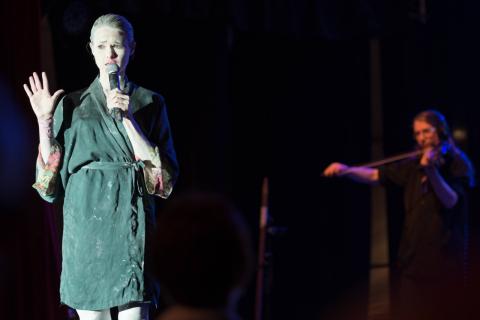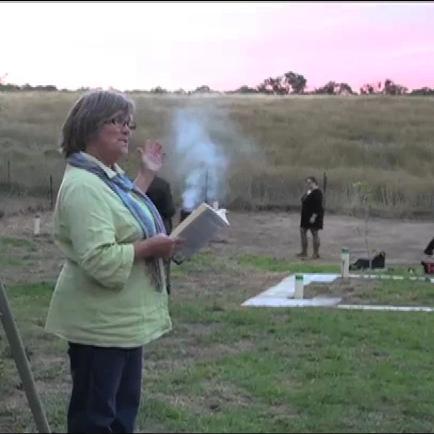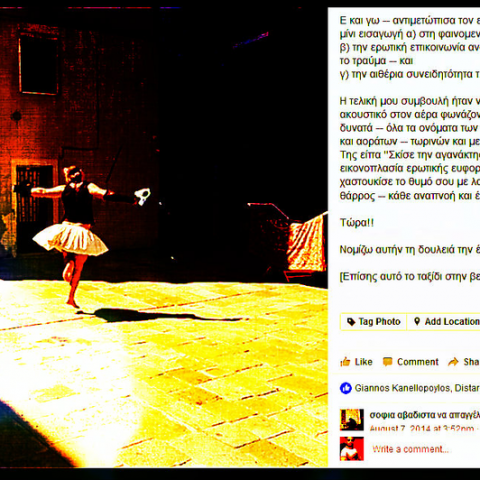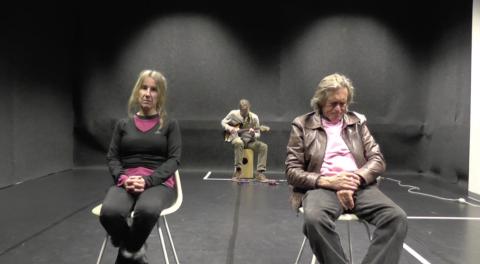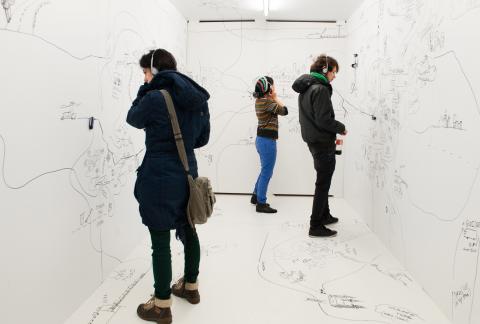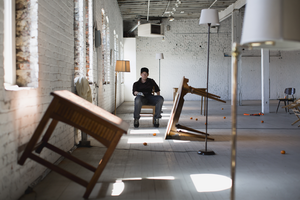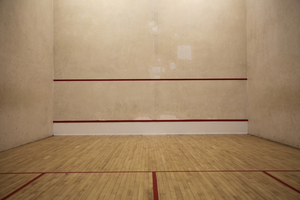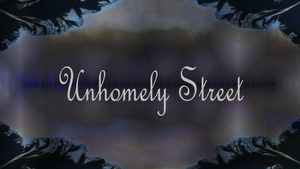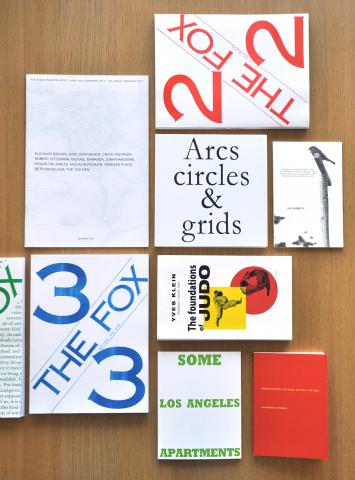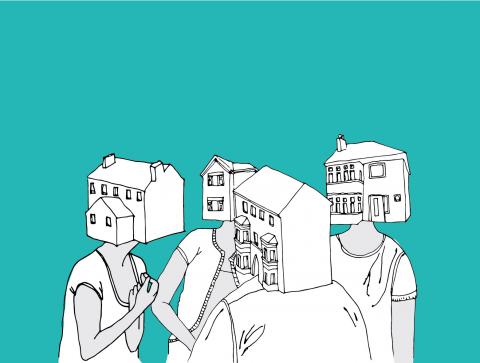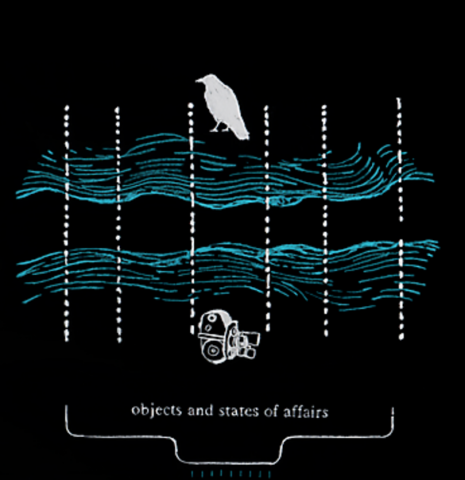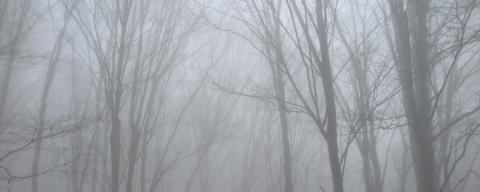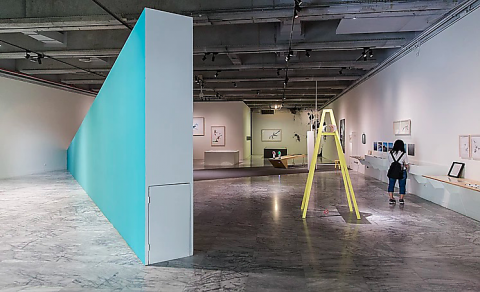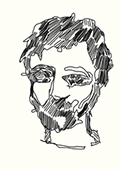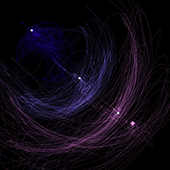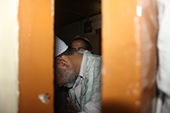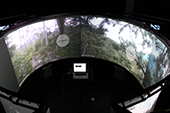15
JAR is invested in the mediality and non-verbal articulation of artistic research. The journal’s creation was linked to the development of the Research Catalogue (RC) and with it came the possibility to publish media in ways not controlled by a preconceived layout or styling. Having worked with rich-media submissions of artistic research for a while, it has become clear that technology matters insofar as it enables certain modes of articulation, but that it will not determine how practice is exposed as research and what understanding is gained in the end.

